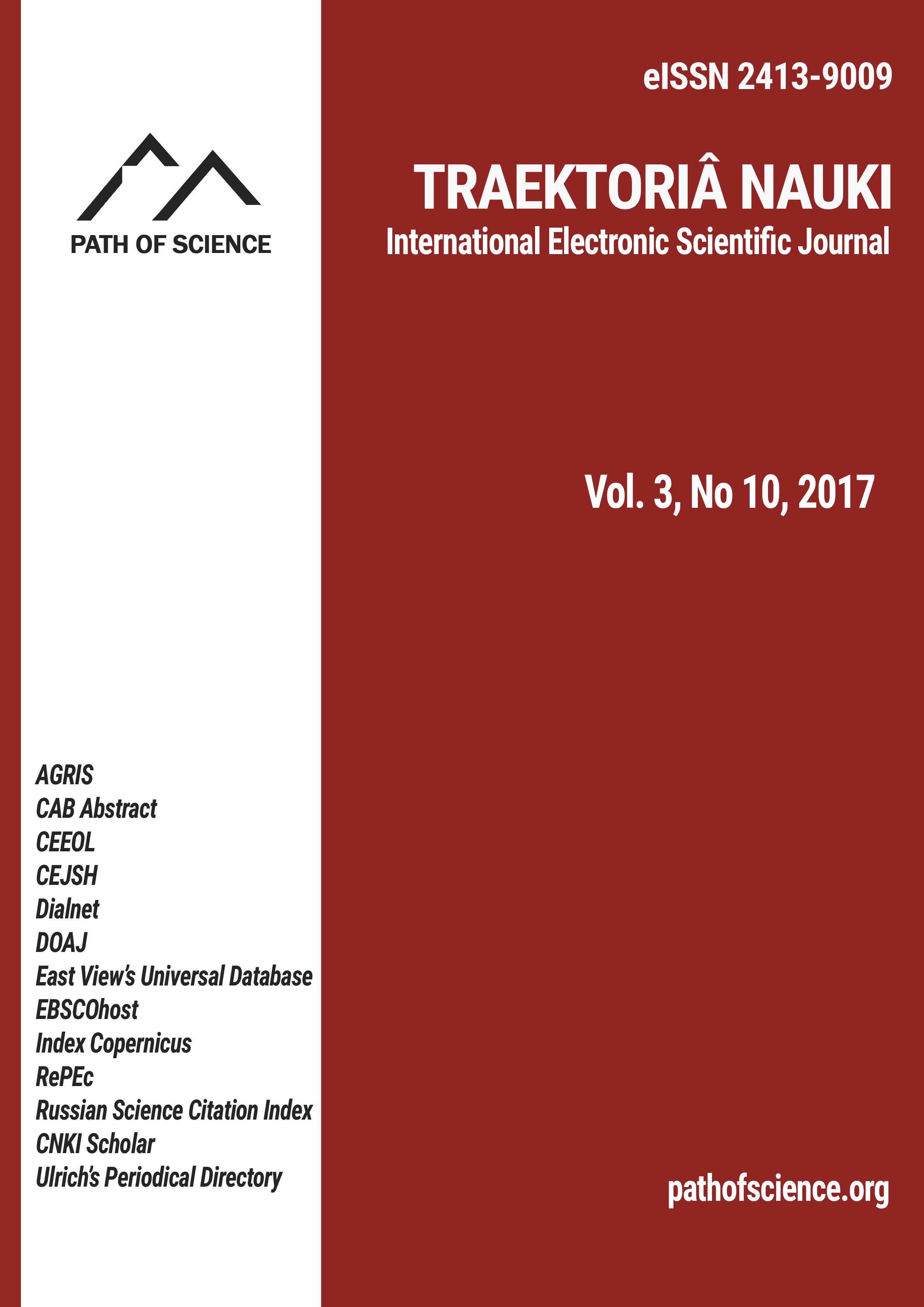Determination of Planck’s Constant using Light Emitting Diodes
Determination of Planck’s Constant using Light Emitting Diodes
Author(s): Cliff Orori Mosiori, Duke Ateyh Oeba, Reuben ShikambeSubject(s): Energy and Environmental Studies
Published by: Altezoro, s. r. o. & Dialog
Keywords: LEDs; Bohr frequency; Fermi’s Golden Rule; Max Planck; Eigen-functions; time-independent Schrödinger equation; transition moment; Bloch oscillation;
Summary/Abstract: Planck’s constant is named after Max Planck, a nineteenth-century physicist who first described it by relating it as E=hw where symbols have their usual meanings. It is a relationship used when comparing a quantum of energy absorbed to that emitted during electron transitions which can be extended to emission by light-emitting diodes. The purpose of this study was to determine Planck’s constant using the energy needed to excite free electrons in a light emitting diode. When a light-emitting diode is switched on, electrons recombine with holes within and release energy in the form of photons which can be determined using energy band gaps of the semiconductor composite material used to fabricate the LED. Therefore, LEDs consist of a chip of doped semiconducting layers to create a p-n junction. In LEDs, current flows easily from the p-side to the n-side but not in the reverse from electrodes with different voltages. When an electron meets a hole, it is inhaled and it falls into lower energy level releasing energy in the form of a photon. Photon emissions take place when electrons return to a lower energy state. Therefore, electrons within a LED crystal are excited to a higher energy state and any radiation emitted depends on the p-n junction direct band gap. Depending on the materials used, LEDs emit radiation with energies corresponding to either near-infrared, visible, or near-ultraviolet light. In reality, a LED is designed to have a small area (approximately less than 1 mm2). In this work, an electric current was used to excite electrons and the corresponding energy was measured using a voltmeter. Planck’s constant was calculated by substituting the obtained frequency and energy from the voltmeter in the relationship, E = hw.
Journal: Traektoriâ Nauki
- Issue Year: 3/2017
- Issue No: 10
- Page Range: 2007-2012
- Page Count: 6
- Language: English

